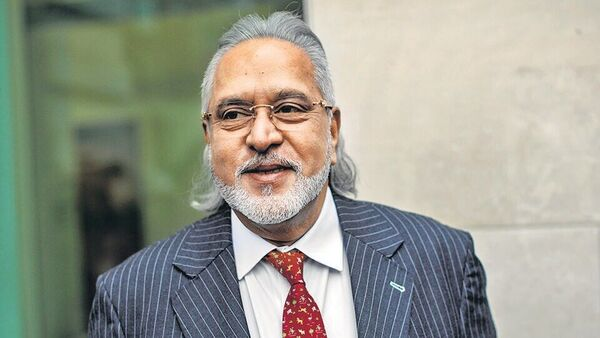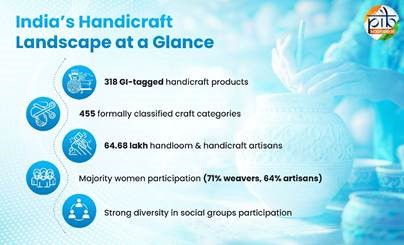Description
_2021-22.jpg)
Disclaimer: Copyright infringement not intended.
Context
- Union Minister of Power and New & Renewable Energy, Shri R. K. Singh released the report of State Energy Efficiency Index (SEEI) 2021-22.
SEEI index
- SEEI index is developed by the Bureau of Energy Efficiency (BEE), a statutory body under the Ministry of Power, in association with Alliance for an Energy-Efficient Economy (AEEE).
- It assesses, the annual progress of states and UTs in energy efficiency implementation.
Aim and Objective
- The SEEI improves data collection, enables cross-state collaboration, and develops energy efficiency program ideas.
- It helps states identify areas for improvement, learn from best practices, and adopt an economy-wide approach to energy efficiency implementation.
- By prioritizing energy efficiency, it aims at driving decarbonisation efforts and achieve a more sustainable future.
- The index is designed to help track progress on state goals for energy savings and reduction in emission intensity.
- It outlines the following recommendations to help states drive change in EE which will contribute towards the fulfilment of SDGs and NDC:
- Enabling fiscal assistance for energy efficiency in the focus sectors.
- Developing institutional capacity in states and UTs to address emerging needs and challenges in energy efficiency implementation.
- Enhancing cross-functional collaborations across financial institutions, energy service companies, and energy professionals in large-scale energy efficiency implementation in states.
- Mainstreaming energy data reporting and monitoring across sectors.

SEEI 2021-22
- SEEI 2021-22 has an updated framework of 50 indicators aligned with national priorities.
- Programme-specific indicators have been included this year to track outcomes and impacts of state-level energy efficiency initiatives.
State-wise performance
Front Runner category
- In SEEI 2021-22, 5 states - Andhra Pradesh, Karnataka, Kerala, Rajasthan and Telangana - are in the Front Runner category (>60 points).
Achiever category (50-60 points)
- 4 states - Assam, Haryana, Maharashtra, and Punjab - are in the Achiever category (50-60 points).
Top-Performing States
- Karnataka, Andhra Pradesh, Assam and Chandigarh are the top-performing states in their respective state groups. Telangana and Andhra Pradesh showed the most improvement since the last index.

Significance
- As we transition to a low-carbon economy, it is crucial to ensure sustainable development with Energy Transition that ensures no one is left behind.
- Periodic tracking of states’ energy efficiency progress and outcomes is essential to contribute effectively to the nation's climate commitments.
- India is committed to achieving NDC goals and transitioning to a net-zero economy by 2070. This requires collaboration between central and state governments, judicious resource allocation, policy alignment, and regular progress tracking. The SEEI tracks progress in managing states’ and India's energy footprint, driving energy efficiency policies and programmes at the state and local level.
About BEE
- The Government of India set up the Bureau of Energy Efficiency (BEE) in 2002 under the provisions of the Energy Conservation Act, 2001.
- The mission of the Bureau of Energy Efficiency is to assist in developing policies and strategies with a thrust on self-regulation and market principles, within the overall framework of the Energy Conservation Act, 2001 with the primary objective of reducing the energy intensity of the Indian economy.
- BEE coordinates with designated consumers, designated agencies and other organizations and recognise, identifies and utilise the existing resources and infrastructure, in performing the functions assigned to it under the Energy Conservation Act. The Energy Conservation Act provides for regulatory and promotional functions.
|
NATIONALLY DETERMINED CONTRIBUTION (NDCS)
- The Paris Agreement requests each country to outline and communicate their post-2020 climate actions, known as their NDCs.
- In these countries set targets for mitigating the greenhouse gas emissions that cause climate change and for adapting to climate impacts. NDCs are submitted every five years to the UNFCCC secretariat. This five-year cycle of increasing ambition is known as the ‘ratchet mechanism’.
- NDCs embody efforts by each country to reduce national emissions and adapt to the impacts of climate change.
- It is basically a climate action plan to cut emissions and adapt to climate impacts. Together, these climate actions determine whether the world achieves the long-term goals of the Paris Agreement.
INDIA’S UPDATED NDCS
_2021-22_1.png)
_2021-22_2.png)
_2021-22_3.png)
|
|
PRACTICE QUESTION
Q. India’s NDC is ambitious, and it is a significant contribution towards achieving the goals of the Paris Agreement. Elucidate.
|

https://pib.gov.in/PressReleasePage.aspx?PRID=1915359




_2021-22.jpg)
_2021-22.jpg)






